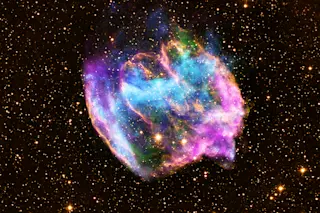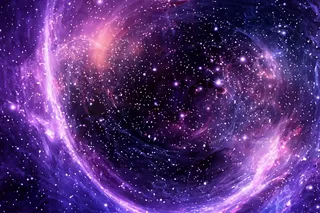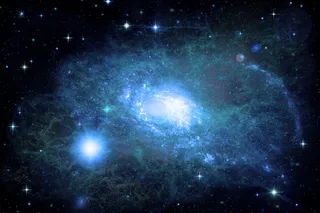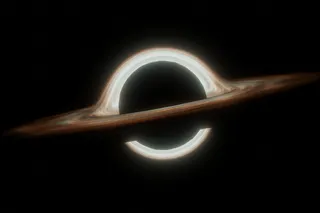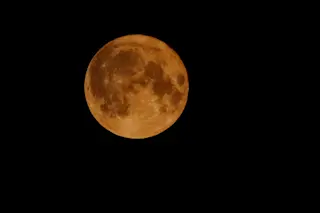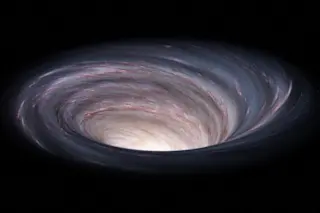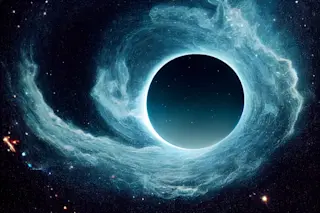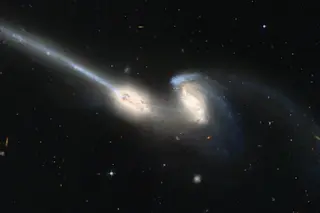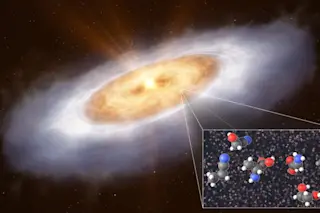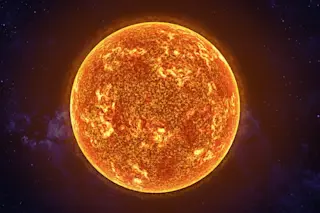This highly distorted supernova remnant may contain the most recent black hole formed in the Milky Way galaxy. The composite image combines X-rays from Chandra (blue and green), radio data from the Very Large Array (pink), and infrared data from the Palomar Observatory (yellow). Image courtesy of NASA. This colorful supernova remnant is called W49B, and inside it astronomers think they may have found the Milky Way's youngest black hole. It's only 1,000 years old, as seen from Earth, and 26,000 lightyears away. From a vantage point on NASA's Chandra X-ray Observatory, astronomers observed and measured the remnant and determined it to be very unique. The supernova explosion of this massive star was not symmetrical like most, and instead of collapsing to form a telltale neutron star at its center, this supernova seems to have a black hole. The researchers concluded that the star met an unusual demise and probably ...
Look at This: Colorful Birthplace of Galaxy's Youngest Black Hole
Astronomers discover the youngest black hole in the Milky Way, just 1,000 years old, within the W49B supernova remnant.
More on Discover
Stay Curious
SubscribeTo The Magazine
Save up to 40% off the cover price when you subscribe to Discover magazine.
Subscribe

